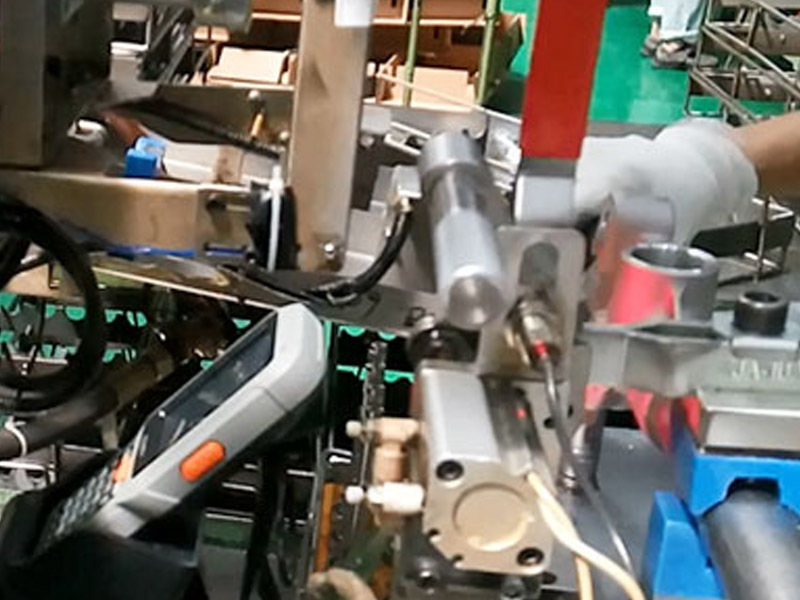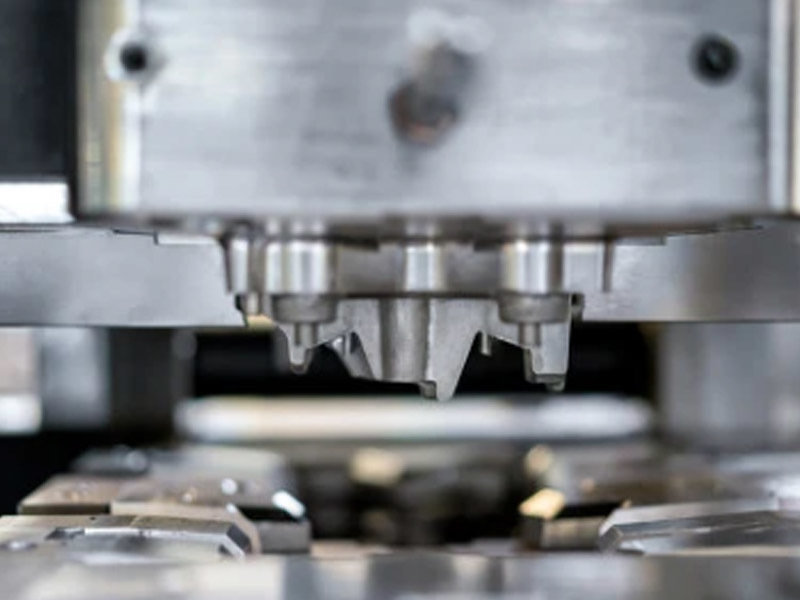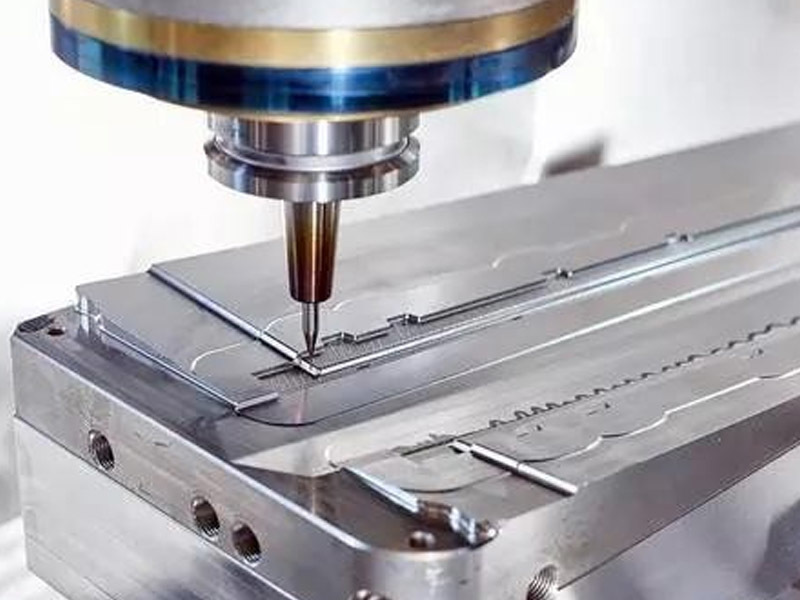As the carbon content in steel increases, the yield point and tensile strength increase, but ductility and impact toughness decrease.
Summary: Increasing the carbon content in steel increases the yield point and tensile strength, but decreases ductility and impact performance. When the carbon content exceeds 0.23%, the weldability of the steel deteriorates. Therefore, the carbon content of low-alloy structural steel used for welding generally does not exceed 0.20%. High carbon content also reduces the atmospheric corrosion resistance of steel. High-carbon steel in open-air stockyards is prone to rust; in addition, carbon increases the cold brittleness and aging sensitivity of steel.
Carbon-carbon
Increasing the carbon content in steel increases its yield point and tensile strength, but reduces its ductility and impact properties. When the carbon content exceeds 0.23%, the weldability of the steel deteriorates. Therefore, the carbon content of low-alloy structural steel used for welding generally does not exceed 0.20%. High carbon content also reduces the atmospheric corrosion resistance of steel, and high-carbon steel in open-air stockyards is prone to rust; in addition, carbon increases the cold brittleness and aging sensitivity of steel.
Previous Page
Previous Page
Recommended News





